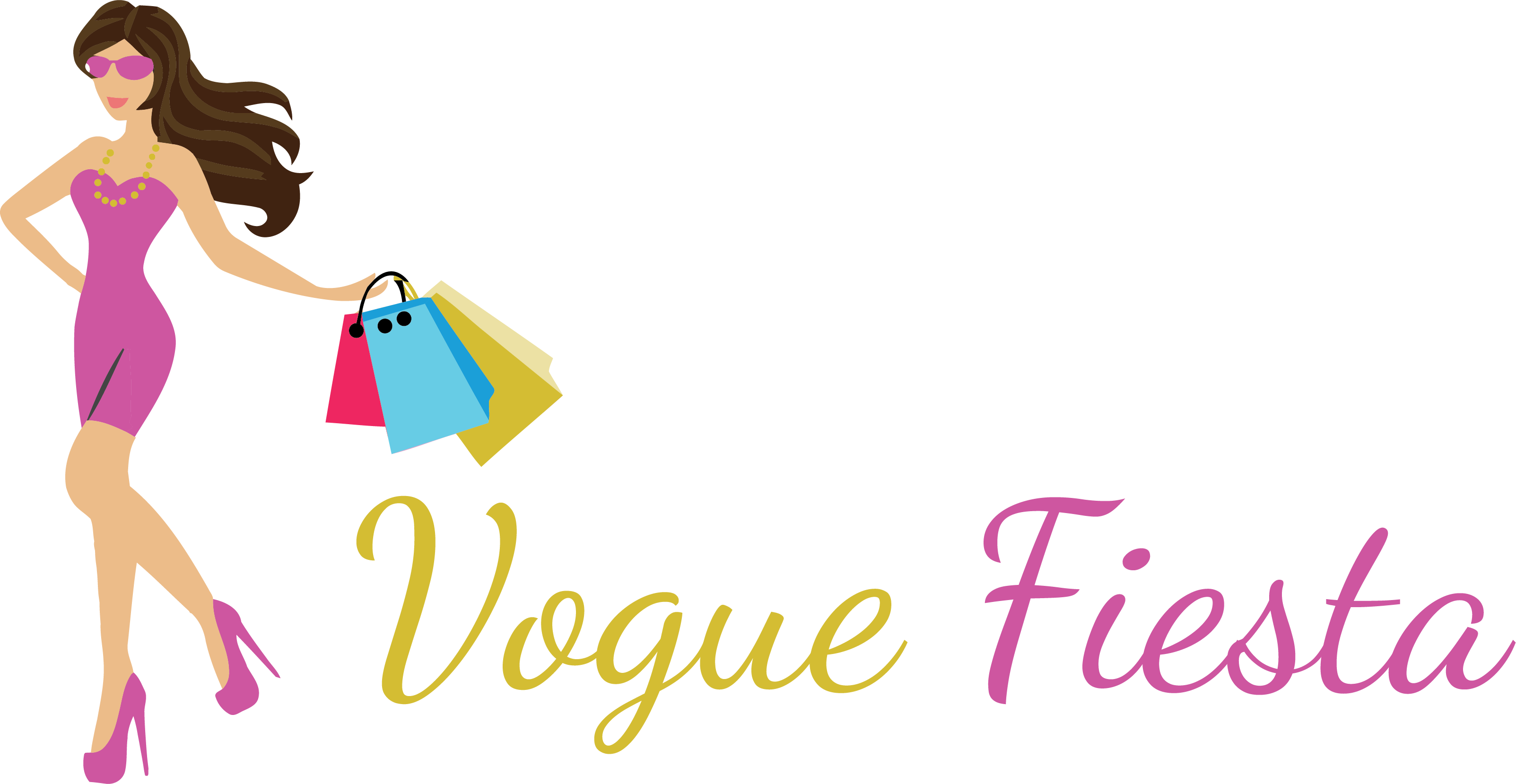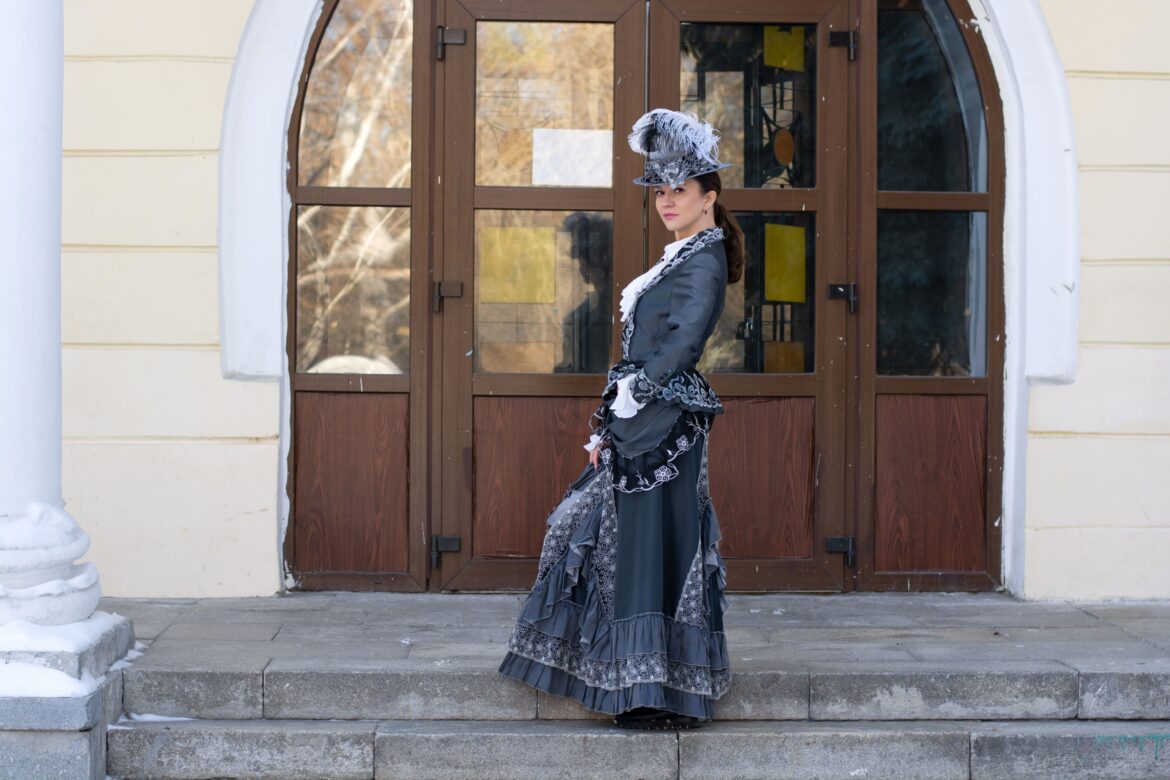Fashion has always been a prominent and booming industry. Different cultures have a different forms of fashion. To fully appreciate the impact that fashion has had on society and communities, it is essential to understand the general timeline of fashion history as well as the evolution of fashion.
As the years passed, fashion has always been evolving and it usually aligns with social change. If you see nowadays women no longer wear corsets but wear pants and this is how beauty standards have evolved along with fashion.
When society changes, so do fashion. As people age, their fashion choices also change. Fashion will keep growing and changing with people and has changed quite a lot ever since the beginning of fashion history back in the Roman Empire and Egypt.
History of Early Fashion
Fashion Design began back in Ancient Rome and Ancient Egypt. When it came to their culture, their fashion showed their status in society. The wealthy wore expensive and stylish garments that looked extravagant. The poor, however, wore neutral colors and cheap garments.
Ancient Egyptians wore clothes that were made of linen as it was a loose-fitting fabric that went well with the hot climatic conditions they used to live in. In their culture, the coloring of their garments displayed their status in society. The wealthy would wear garments with expensive dyes on them while the poor settled for white fabric.
Influential Fashion Designs
Here you can see the most influential fashion designs and how they evolved from the beginning of the 1900s.
1900: The S – Bend Corset
The corset has been a supportive undergarment for women in Europe back in the day. This style altered the posture of the wearer to fit into the clothes that were considered fashionable in those times.

1920: Flapper Style
This style was mainly worn by western women back in the 1920s. They wore skirts that were knee height and during those times they were considered short skirts. This fashion style included a relaxed drop waist, beaded designs, and feathered accessories.
1940: The Bikini
was a two-piece swimsuit primarily worn by women. The 1940 fashion design focused more on the increase of midriff exposure. Similar styles of midriff-baring suits and tops were featured in teen magazines from the late 1940s and early 1950s. However, it was claimed that midriff fashion was inappropriate to wear in public and was only appropriate for beaches and casual gatherings.
1950: The “New Look”
In 1947, Christian Dior debuted the “New Look”. It had sweeping long skirts, fitted waists, and rounded shoulders. A succession of style trends led by Christian Dior and Cristóbal Balenciaga defined the changing silhouette of women’s clothes through the 1950s.

1960: The Miniskirt
When this form of fashion was released back in 1960, it was quite controversial. The length of the skirt was above the knees. These short skirts became a staple for 20th-century science fiction, particularly in 1940s pulp artwork, such as that by Earle K. Bergey, who depicted futuristic women in a “stereotyped combination” of metallic miniskirt, bra, and boots.
1980: Leggings
There was an aerobics craze back in the 1980s. Spandex was a bona fide fashion trend. These leggings could be worn for professional and casual purposes.

2000: The Tracksuit
Tracksuits were quite famous in the decade they were released in. Paris Hilton, Britney Spears, and J.Lo loved this form of fashion. Since 2006, prominent fashion designers have been asked to design tracksuits for the athletes of various Olympic teams, usually all the athletes representing one country.
2010: Athleisure
Skinny jeans had become a thing in this decade. It did get a good reception but they are not likely to go anywhere. Athleisure outfits can include yoga pants, tights, sneakers, leggings, and shorts. Athleisure can be considered a fashion industry movement, enabled by improved textile materials, which allow sportswear to be more versatile, comfortable, and fashionable.
The Takeaway
With the constantly evolving sense of fashion, all fashion enthusiasts are eager to see what the 2020 – 2030 decade has to offer. The fashion industry will keep growing and a lot of fashion designers will come up with multiple fashion designs. Maybe this decade’s fashion will stay trending for more than a decade, you never know.

